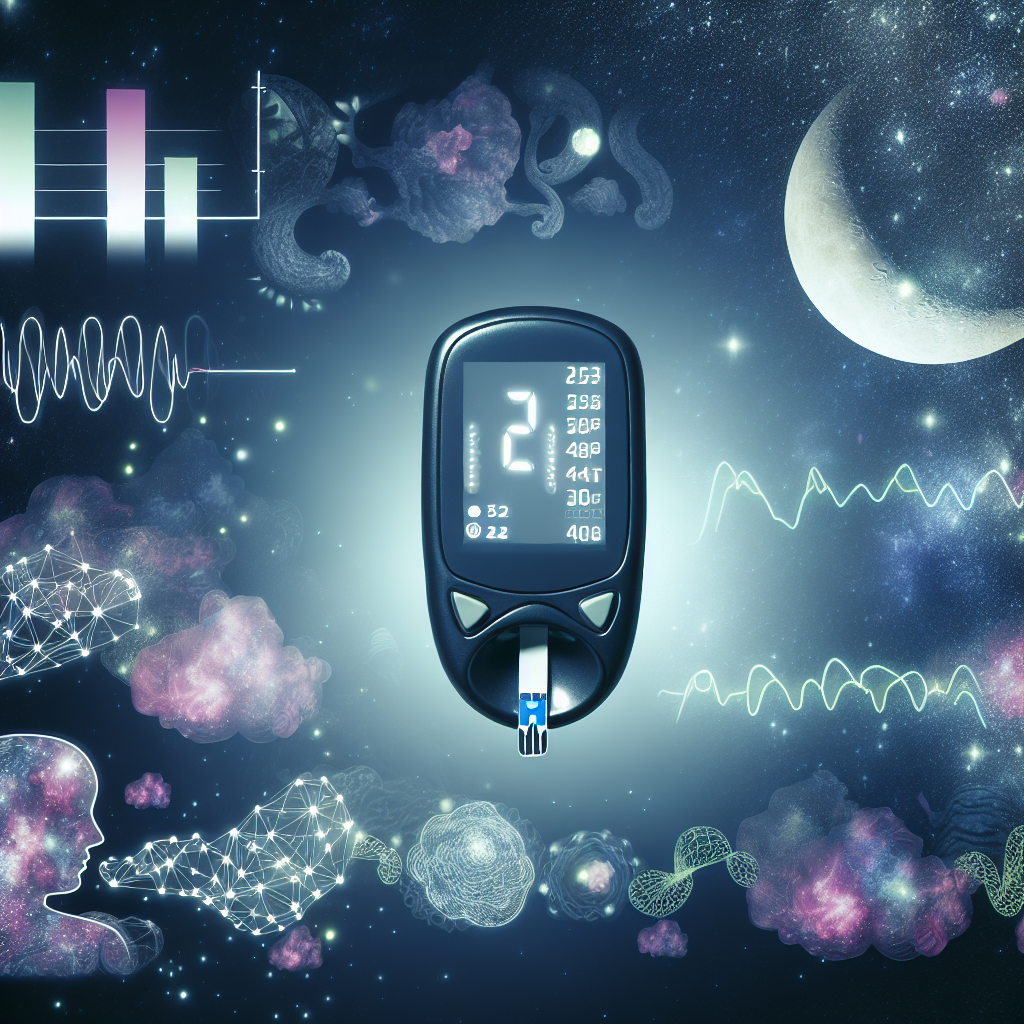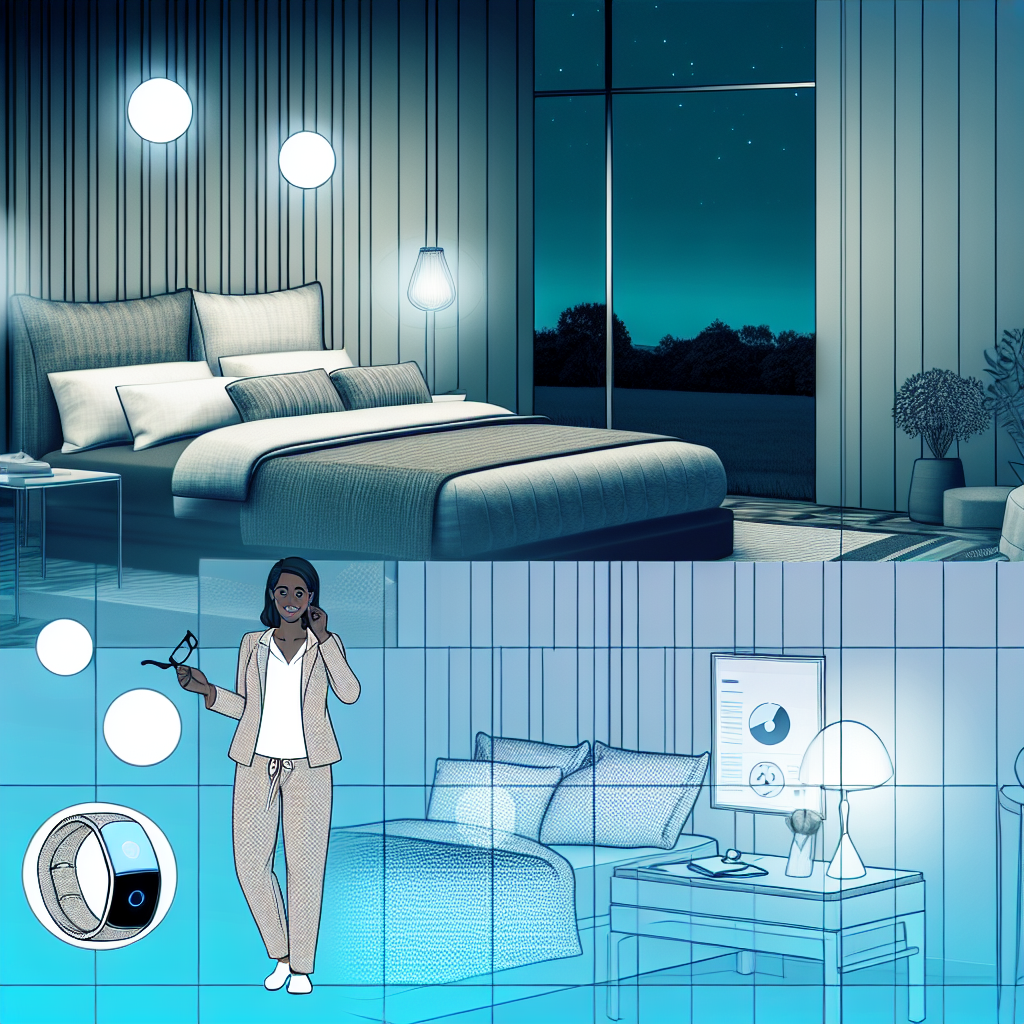Phase-Shift Lighting Systems: Personalized Spectrum Control for Circadian Precision
Introduction: The Science of Sleep and Light
Sleep is a fundamental pillar of human health, influencing physical recovery, cognitive function, and emotional well-being. However, modern lifestyles, artificial lighting, and exposure to screens have significantly disrupted the body’s natural sleep-wake cycle, also known as the circadian rhythm.
Advances in light technology provide a new solution: phase-shift lighting systems with personalized spectrum control. These systems dynamically adjust lighting color temperature and intensity to align with the body’s natural biological clock, enhancing alertness during the day and promoting restful sleep at night.
Understanding Circadian Rhythm: How Light Affects Sleep
Our circadian rhythm is primarily regulated by light exposure, particularly blue light from the sun, which signals the brain to stay awake and alert. As the day progresses and natural light dims, melatonin production increases, preparing the body for sleep.
Unfortunately, excessive artificial lighting—especially from screens and poorly designed indoor lighting—can interfere with melatonin release, leading to circadian misalignment and sleep disturbances. This disruption is linked to sleep disorders, reduced cognitive function, and long-term health risks.
Phase-Shift Lighting: A Game-Changer for Better Sleep
Phase-shift lighting systems offer a cutting-edge solution to counteract circadian disruptions. These intelligent lighting systems use biometric data or time-based programming to adjust light spectrums in harmony with an individual’s circadian rhythm.
Unlike traditional static lighting, these systems dynamically shift spectral output to mimic natural daylight patterns. The transition from blue-enriched light in the morning for alertness to warmer, low-intensity red or amber light in the evening supports a healthy sleep cycle. Some systems even integrate with smart home technology, allowing users to personalize lighting schedules based on individual sleep patterns.
Who Can Benefit from Phase-Shift Lighting?
Phase-shift lighting isn’t just for better home sleep—it has far-reaching applications:
– Night-shift workers who struggle to maintain a healthy sleep schedule.
– Frequent travelers experiencing jet lag.
– Students and professionals needing optimal alertness during the day and restful sleep at night.
– Patients in healthcare settings, where regulated sleep cycles aid recovery.
– Astronauts and extreme work environments, where natural light exposure is disrupted.
By synchronizing indoor lighting with natural biological rhythms, phase-shift lighting offers a revolutionary approach to enhancing sleep quality, well-being, and cognitive performance.
Scientific Evidence: How Phase-Shift Lighting Improves Sleep
Light Exposure and Melatonin: The Key to Circadian Regulation
A pivotal study published in The Journal of Clinical Endocrinology & Metabolism demonstrated the effect of properly timed light exposure on melatonin secretion. The study found that blue-enriched morning light accelerated the sleep-wake cycle, while warm red-shifted evening lights prevented melatonin suppression, leading to faster sleep onset and better sleep quality. [source]
Enhancing Productivity and Sleep in Office Workers
A groundbreaking clinical trial in Chronobiology International tested tunable lighting systems in office environments. The study reported that employees exposed to circadian-synchronized lighting experienced:
– Increased daytime alertness
– Improved nighttime sleep quality
– A reduction in insomnia symptoms
These findings reinforce the practical benefits of dynamic lighting in workplace settings for better cognitive performance and well-being. [source]
Healthcare Applications: Supporting Recovery and Sleep in Patients
A study in Sleep Health investigated the impact of adjustable circadian lighting in hospitals and elderly care facilities. Findings revealed:
– Fewer nighttime awakenings among patients
– Improved mood and sleep stability
– Greater adherence to natural sleep cycles
Such research signals that circadian-controlled lighting may soon become standard in hospitals and senior care settings. [source]
Space Travel and Jet Lag: How Smart Lighting Supports Astronauts
A NASA-backed study explored circadian lighting for astronauts adapting to space travel. Researchers found that precise light exposure adjustments significantly reduced circadian disruption, offering exciting prospects for combating jet lag and shift work-related sleep disorders. [source]
The Future of Lighting: Enhancing Health Through Circadian Precision
The growing body of research confirms that personalized spectrum control in phase-shift lighting systems offers substantial benefits for sleep and overall health. By aligning artificial light with natural circadian rhythms, users can experience:
– Deeper, more restorative sleep
– Enhanced cognitive function and alertness
– Better mood regulation and emotional well-being
– Reduced sleep disorders and related health risks
Conclusion: A Revolutionary Leap in Sleep Technology
In an era where artificial light exposure threatens our biological rhythms and sleep health, phase-shift lighting systems provide an essential solution. By dynamically adjusting light spectra, these systems restore circadian alignment, enhance productivity, and support overall wellness.
With broad applications in home, healthcare, work, and even space travel, circadian-conscious lighting is shaping the future of sleep science. As awareness grows, these advanced lighting systems may soon become a standard feature in modern living spaces, workplaces, and medical facilities.
By embracing smart, biologically attuned lighting, individuals and institutions alike can take a proactive step toward better sleep, optimized performance, and healthier living in the 21st century.
Concise Summary:
Phase-shift lighting systems with personalized spectrum control offer a cutting-edge solution to counteract circadian disruptions caused by modern lifestyles and artificial lighting. By dynamically adjusting light spectra to align with natural biological rhythms, these systems can enhance sleep quality, cognitive function, and overall well-being, with applications in homes, workplaces, healthcare settings, and even space travel.

Dominic E. is a passionate filmmaker navigating the exciting intersection of art and science. By day, he delves into the complexities of the human body as a full-time medical writer, meticulously translating intricate medical concepts into accessible and engaging narratives. By night, he explores the boundless realm of cinematic storytelling, crafting narratives that evoke emotion and challenge perspectives.
Film Student and Full-time Medical Writer for ContentVendor.com




